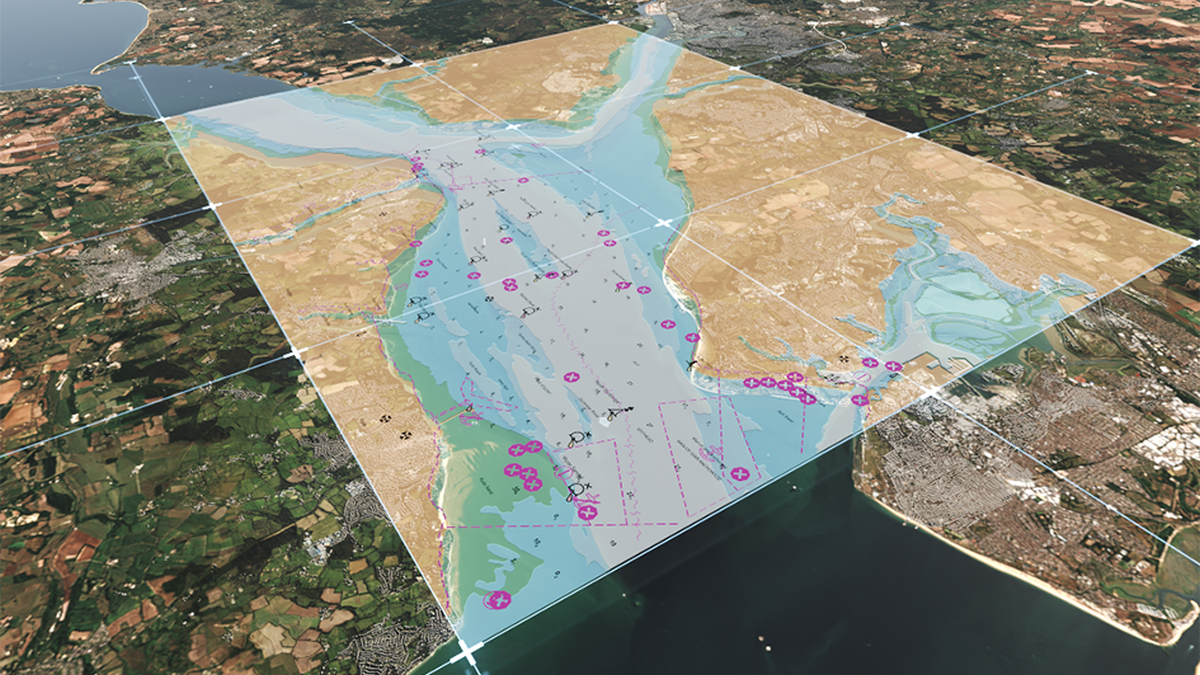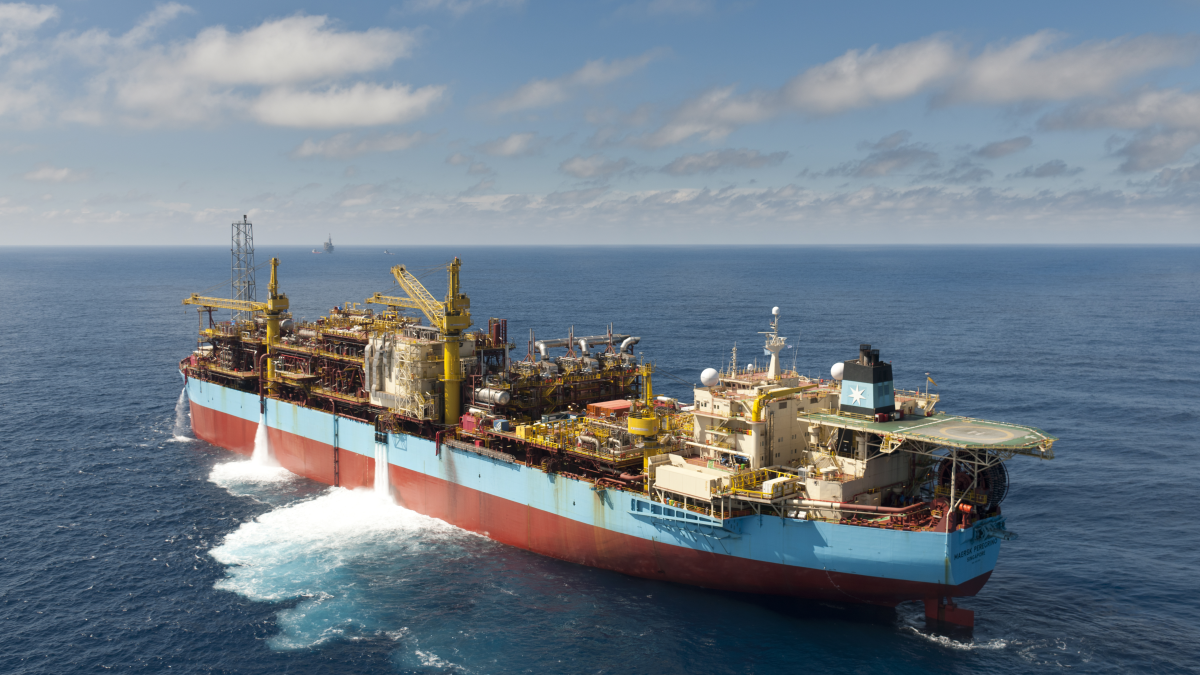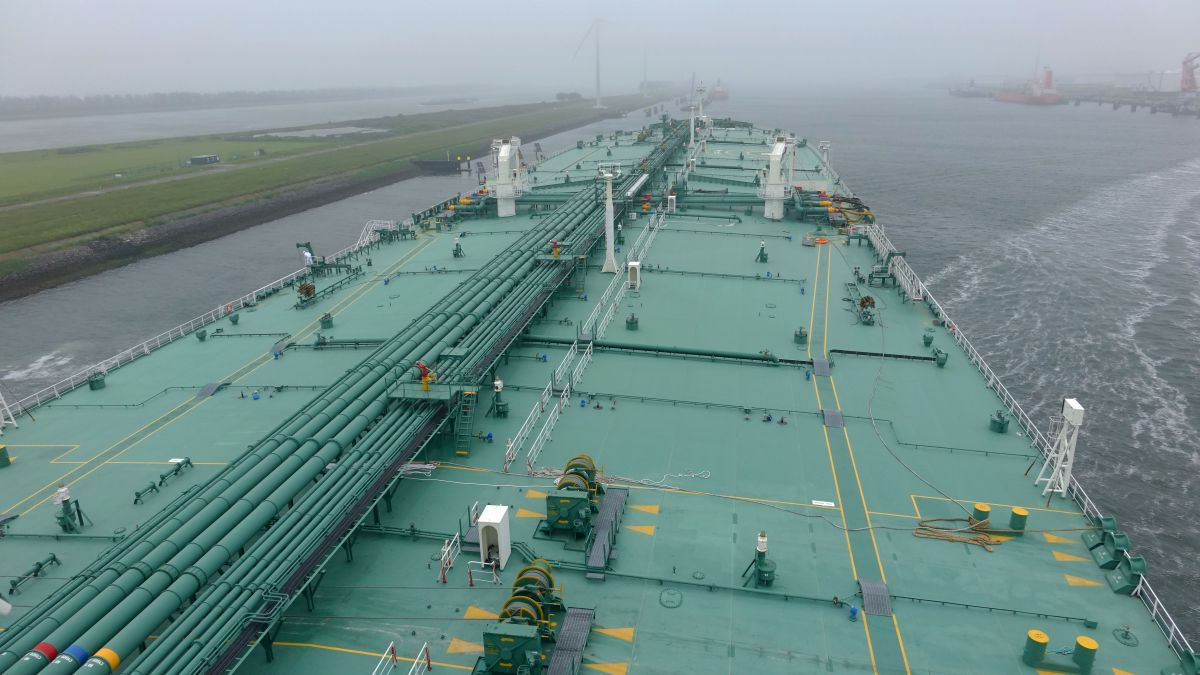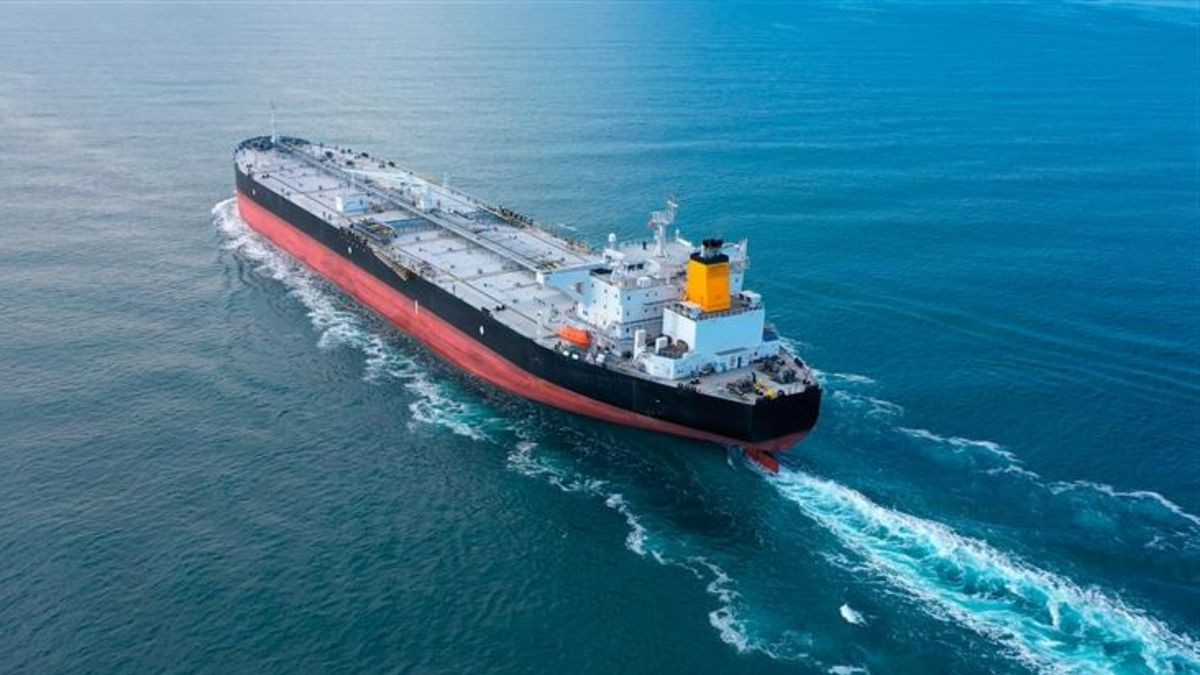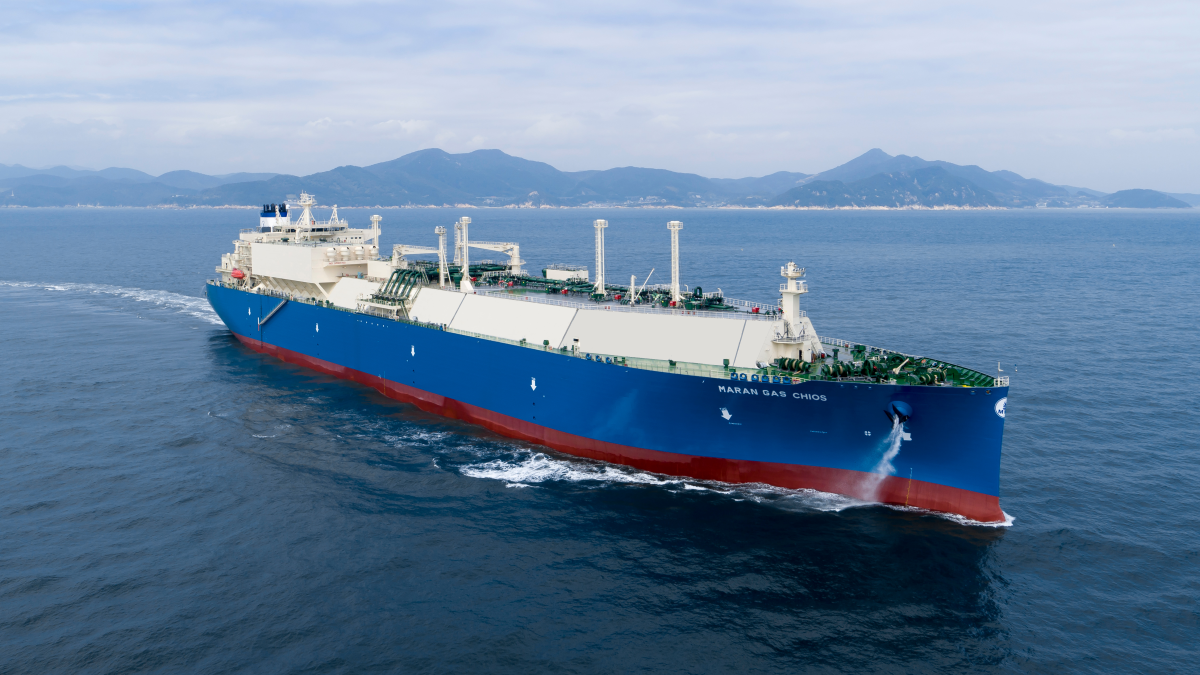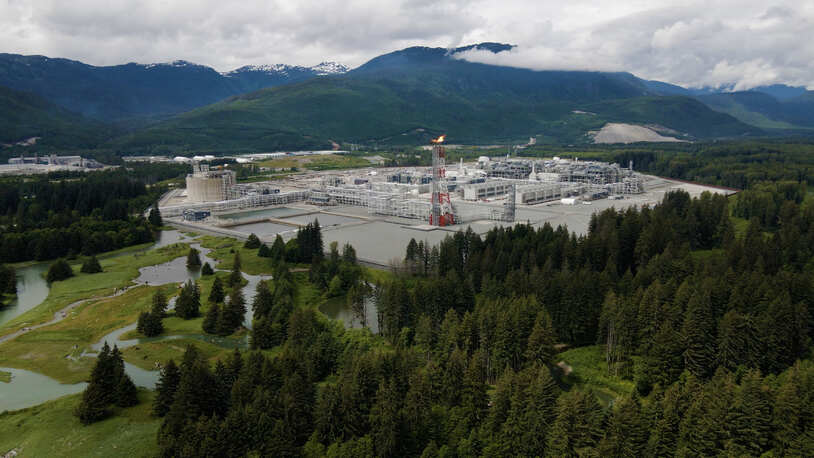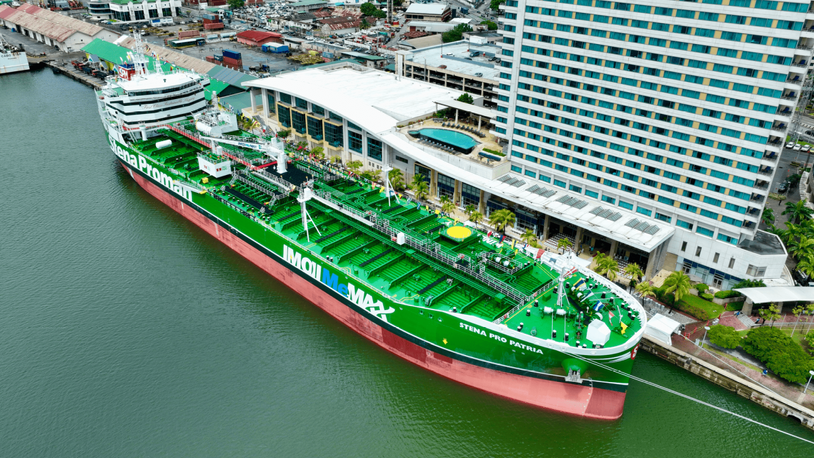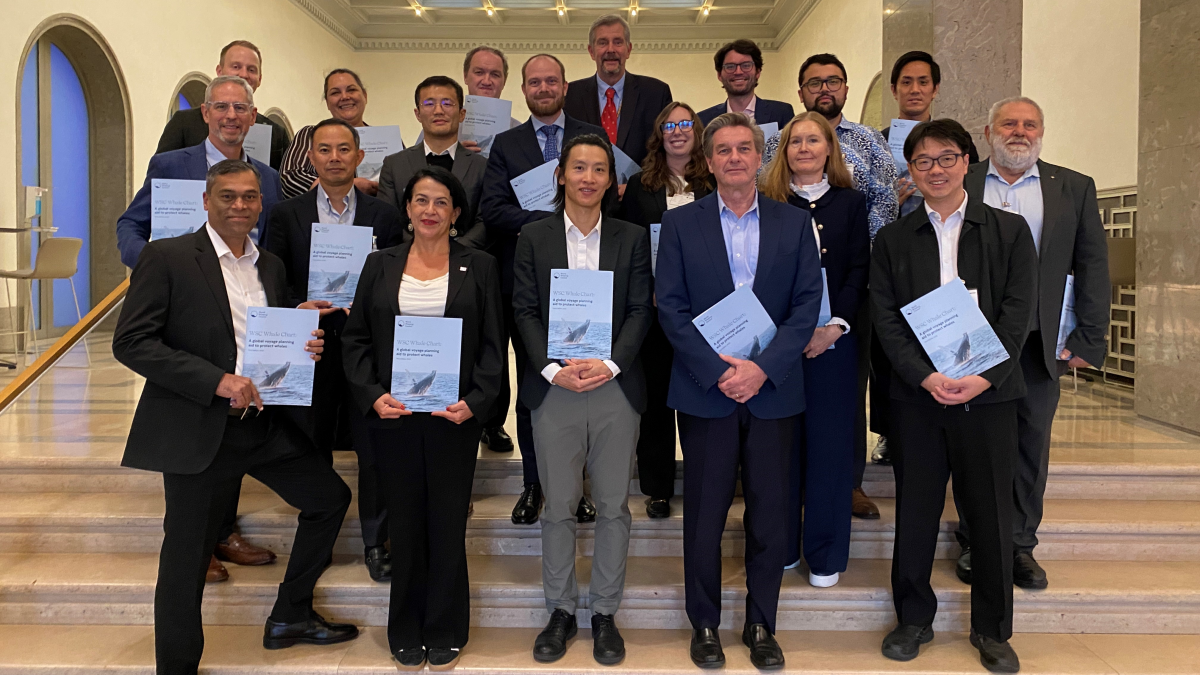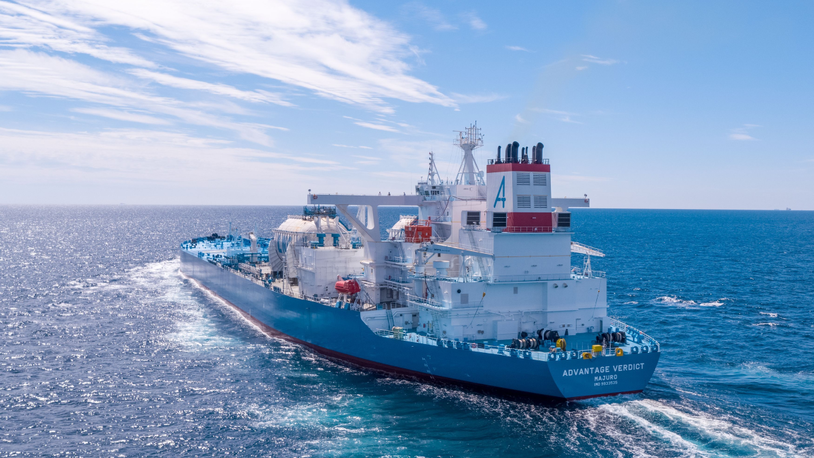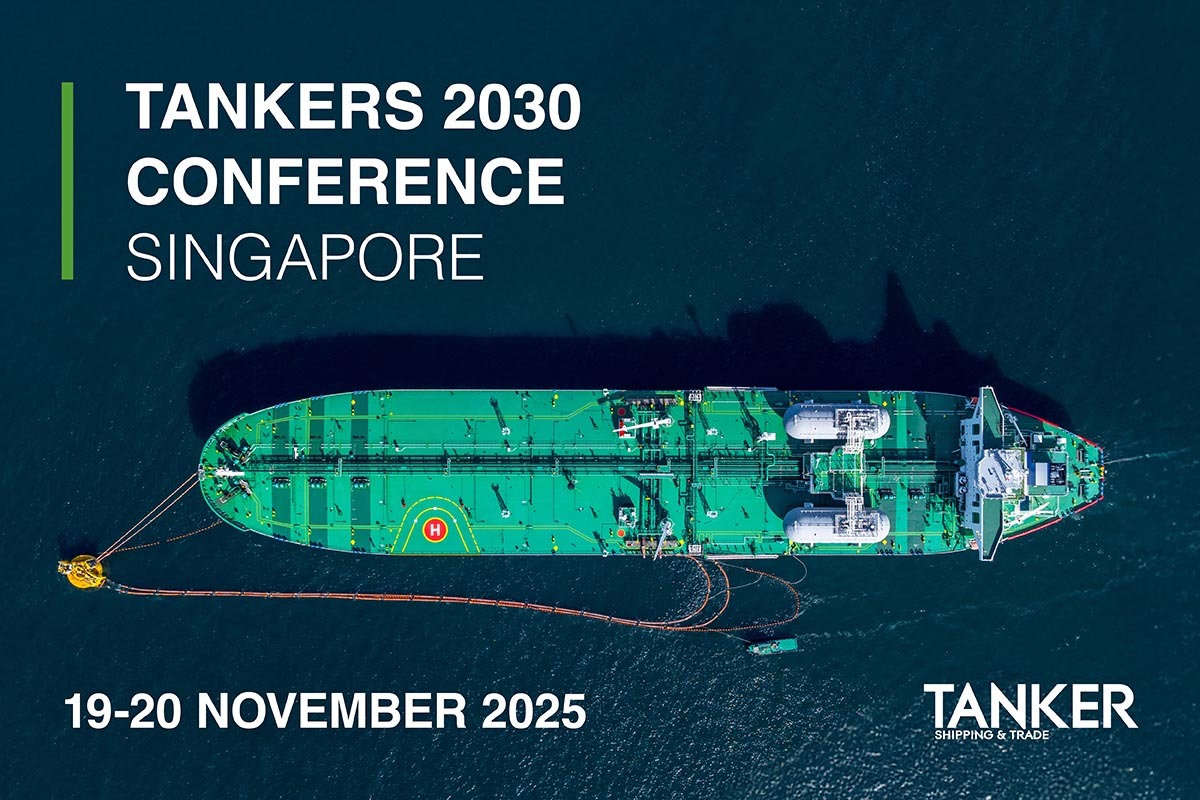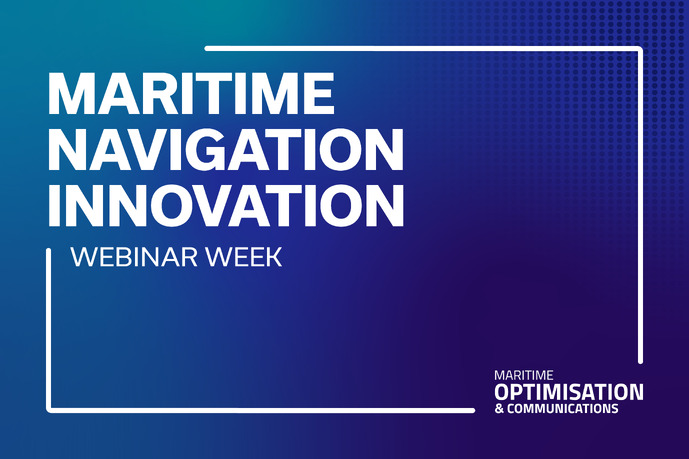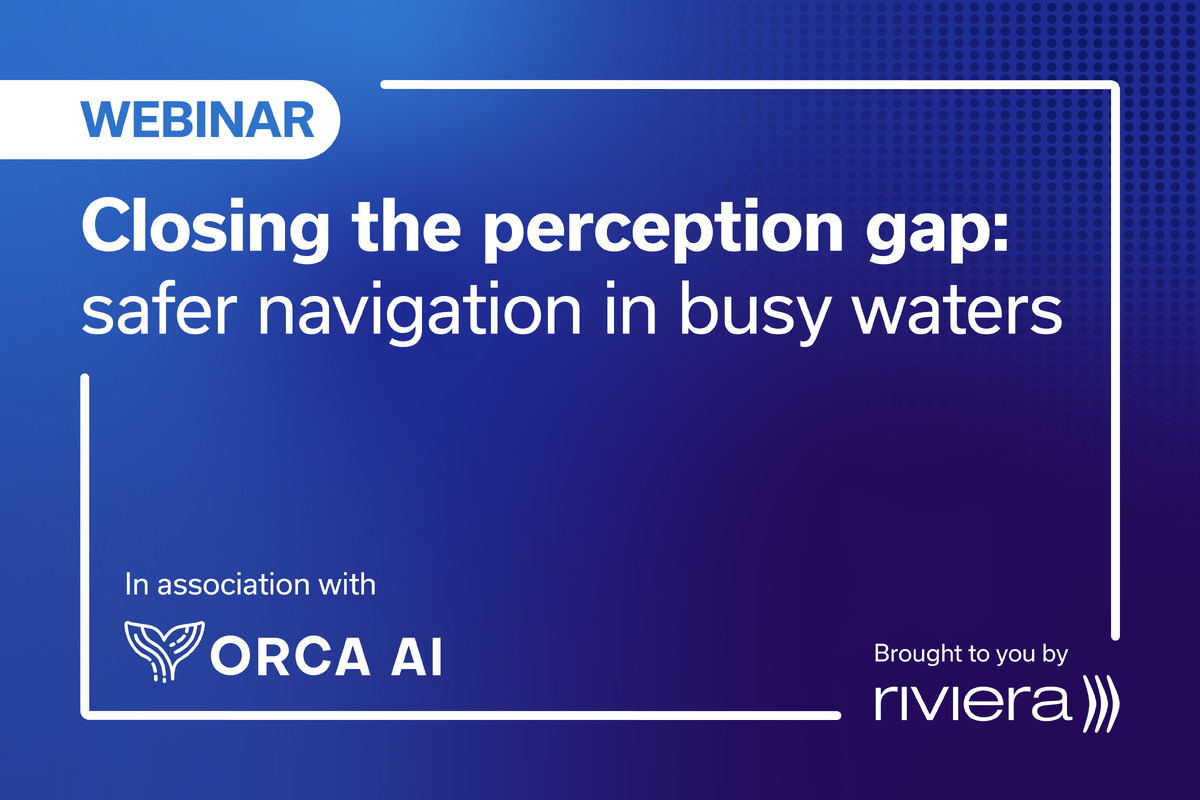Business Sectors
Contents
Register to read more articles.
How S-100 will unlock the future of ship navigation
The maritime industry is set for a transformation with the introduction of the S-100 data framework for navigational charts and ECDIS
A new approach to managing navigation data has the potential to significantly enhance how ships navigate and interact within the marine environment. Maritime navigation will be revolutionised by the introduction of the S-100 framework, developed by the International Hydrographic Organization (IHO) for the electronic navigational charts (ENCs) used by ship electronic chart display information systems (ECDIS).
The S-100 framework is set to replace the traditional S-57 from 2026 and is being rolled out in phases. IMO has published a new performance standard which recognises S-100-enabled ECDIS as operational and legal for use from 2026.
Then, from 2029 onwards, all new ECDIS installations, including retrofits, will need to support S-100 data. S-100-compatible ECDIS will continue to support existing ENCs using the current S-57 standard, allowing shipowners a gradual migration.
“The key difference lies with S-100’s ability to integrate multiple data sets into a single, interoperable platform, providing mariners with greatly improved insights in the navigable environment,” said UK Hydrographic Office head of technical partnering, Tom Mellor.
S-100 data is particularly useful for ships operating in high-traffic port environments, where higher-definition data reduces grounding risks and increases navigation areas. ENCs produced under this framework will integrate rich bathymetric surface data (S-102), real-time water levels data (S-104), precise surface current information (S-111) and more.
“Mariners will be able to have a multilayered view of their maritime surroundings, all in one display,” said Mr Mellor.
“These innovations will enable mariners to make informed decisions on route planning, making it possible to better navigate regions that are typically congested, with an improved understanding of the navigable space available to them based on dynamic under-keel clearance calculations.”
Access to higher-definition data will enable ships to take new routes, reducing congestion on the major shipping pathways. “It could also make port navigation safer and more efficient across the many major ports, reducing docking issues or port collisions,” said Mr Mellor.
“S-100 therefore has potential to transform navigation from a challenging task into a comprehensive, data-rich experience allowing for better, safer decision making,” he explained to Riviera.
“For ports like Singapore where maritime traffic is dense, this technology represents more than an incremental improvement. It will be a fundamental reimagining of how ships can interact with their surrounding environment.”
Maritime equipment manufacturers are actively collaborating to develop S-100-compatible systems, with extensive sea trials currently ongoing. Ports, hydrographic offices and the wider community are working together to trial S-100 data in both regulated and unregulated navigation systems.
“The goal is to ensure seamless integration and maximum benefit for maritime professionals,” said Mr Mellor. “The future of navigation will ultimately be shaped through collaborative efforts: the IHO is working closely with hydrographic offices across the globe to co-ordinate data production plans, ensuring data for high-traffic areas is prioritised to maximise the benefits that S-100 could bring – particularly for major port hubs such as Singapore.”
Riviera’s Cyber & Vessel Security Webinar Week will be held from 12 May 2025 focusing on the latest developments in cyber and vessel security. Use this link for more information and sign up to the webinars.
Related to this Story
Events
International Bulk Shipping Conference 2025
Tankers 2030 Conference
Maritime Navigation Innovation Webinar Week
© 2024 Riviera Maritime Media Ltd.


